Teaching students how to use context clues to define unfamiliar terms is a hard and necessary skill in upper elementary.
I spend one week really working hard on this skill and then I will review it all year long! I am going to walk you through different activities I do in my context clues week. At the bottom, you can grab a FREEBIE, plus the skill pack!
Monday-Introduction
When students enter my room I have ten HARD words placed around the room. I tell the students they have ten minutes to determine what all these words mean or we will have extra homework tonight. You can just have them figure out the words, but the challenge piece adds motivation and intensity.
These words are hard and they never correctly determine all the words. Then, I will gather the class and discuss what made this challenge so hard. This will help us come to the conclusion that having context clues would make it MUCH easier!
We read a story that uses the words from the challenge and use the context clues to define them as a class. This shows HOW to use context clues and WHY. It gives the students a reason behind why they need to actually use the clues.
We then use a dictionary to come up with the exact definition!
Plus, I always add an anchor chart on day 1!
Tuesday- Explicit Teaching
I start by simply putting a story on the board and explicitly showing them how I use the context clues to determine unfamiliar words. I believe with context clues doing some explicit teaching is necessary.
We read “The Word Collector” by Peter H. Reynolds (click on the picture of the book below for the affiliate link).
Then, the students each get a word from the book. They have to use the word in a sentence and then define the word (allow them to use a dictionary because the word is not used in context in the story).
After that, we play a game called four corners where they are practicing context clues with different group members.
I also love using task cards for context clues! You can use them in so many ways and it allows the students to really think about new words! I use them in small groups on Day 2!
Wednesday- Group Work
We start with a context clues worksheet where students have to solve 8 different terms. You will need a dice that is made for left, right, center. If you don’t have the specific dice just put an L, R, or C on each side of the dice.
Students will complete number one and then go over it. Have a student roll the die. If they roll an L then the students pass their paper to the left and do number two. If they roll an R, they pass it to the right and if they roll a C they put their paper in the middle and quickly move to a new seat in the classroom and grab a different paper. You do this after each question.
It is SUPER fun and engaging. The students are really just working through a worksheet, but now they are more engaged!
Want this worksheet to play the game for free?!
Then, I put my kiddos in groups and give them a nonfiction story. These stories cover topics like The Great Chicago Fire, Gettysburg Adress, and more!
The students read the story and define five words using context clues. The kids then create a skit that uses no words but focuses on one of the words from their story. They are using the skit as their context clues to help the class figure out what their word is.
In a small group, I read “I Wanna New Room” by Karen Kaufmann Olaf (click on the book for the affiliate link) and we stop many times to focus on different higher-level words.
Thursday- Partner Work
I put pictures on the board that describe a term. This makes students use picture evidence to figure out what the term means. Context clues in a new way 😉
Then, they read a short story and do a story companion. This requires them to look at hard words using context clues. This is a fictional story, so they are working with both genres, which is important.
When they are done they will write a silly story of their own using the words that we used above. This requires them to use the word in new brain space.
Friday- Individual Work
Students stand around the room while I am playing music. I allow them to dance and when the music stops they need to sit in a seat. The person across from them or next to them is their new partner. I put a sentence with an underlined word on the board. I have the students use context clues to define the word and go over the answers. Then, repeat all steps. This just adds engagement to their practice!
After that, we read “Freaky Faces” by David Armentrout which you can find here for free! There are many hard terms in this book, so we will practice using context clues while we read.
I will then give them an assessment and see if I need to do more explicit teaching or not.
Even if they do well on the assessment, I will still practice this skill in many different ways throughout the year. We will use it monthly in our paragraph of the day work (find here), we will review it in reading skill challenges (find here), and we will practice during read-aloud that we do each day!
Get the entire context clue unit here!
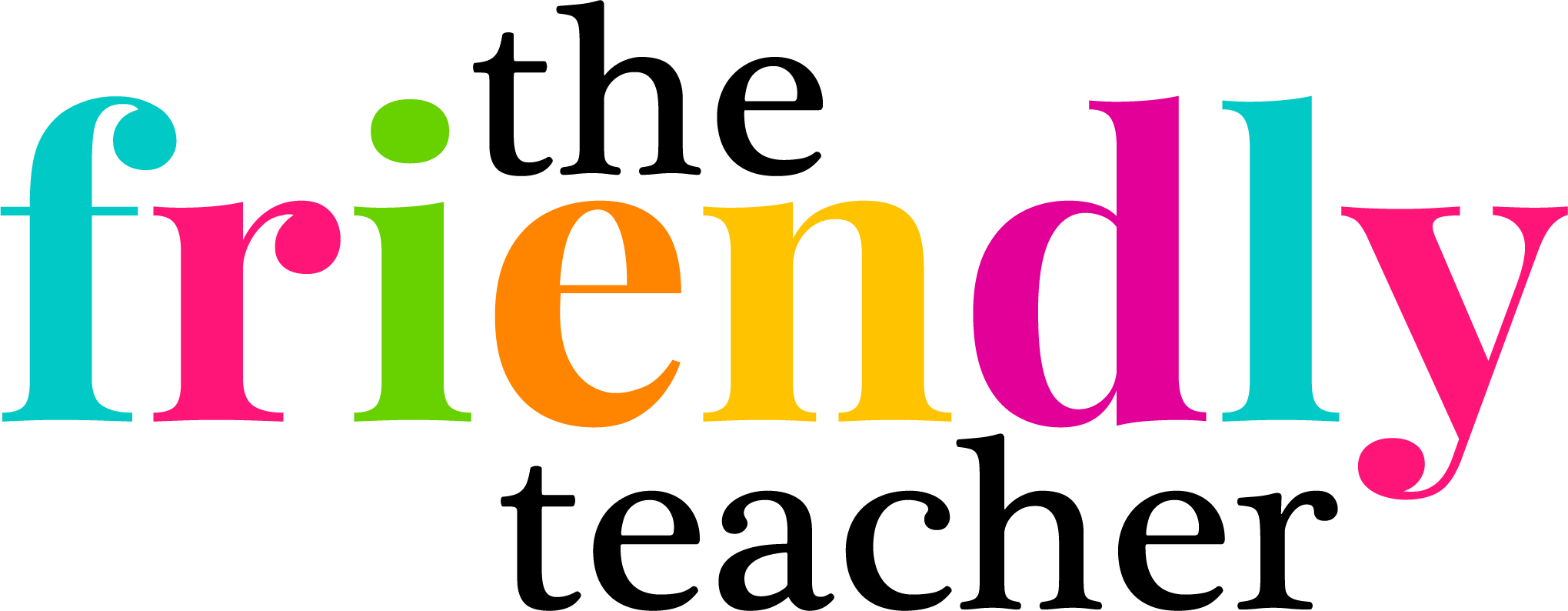


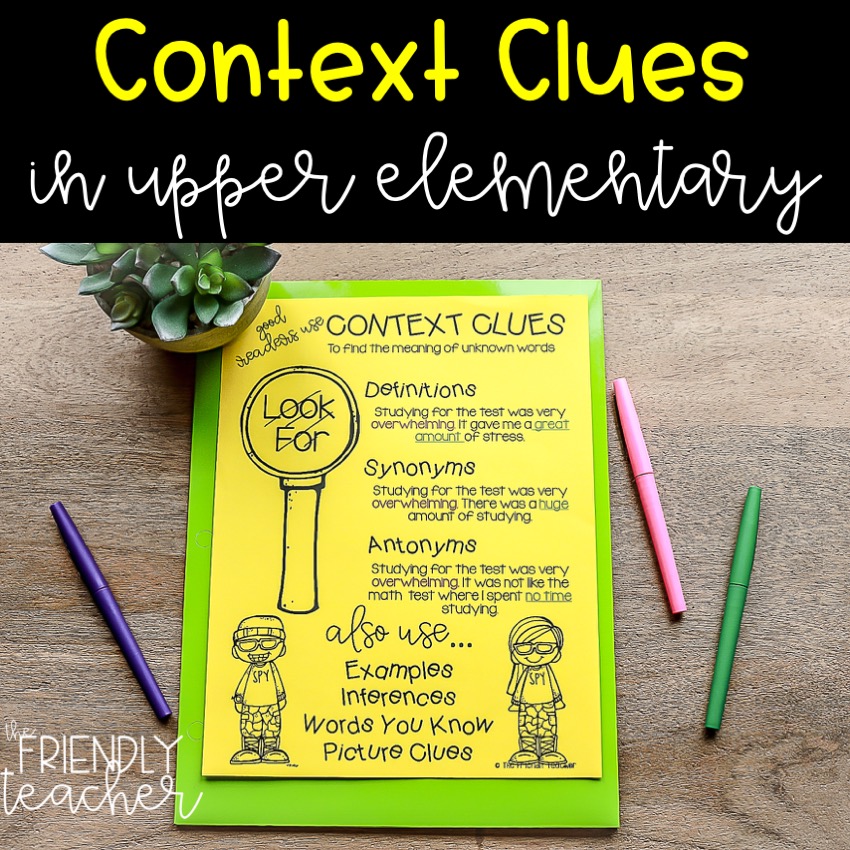



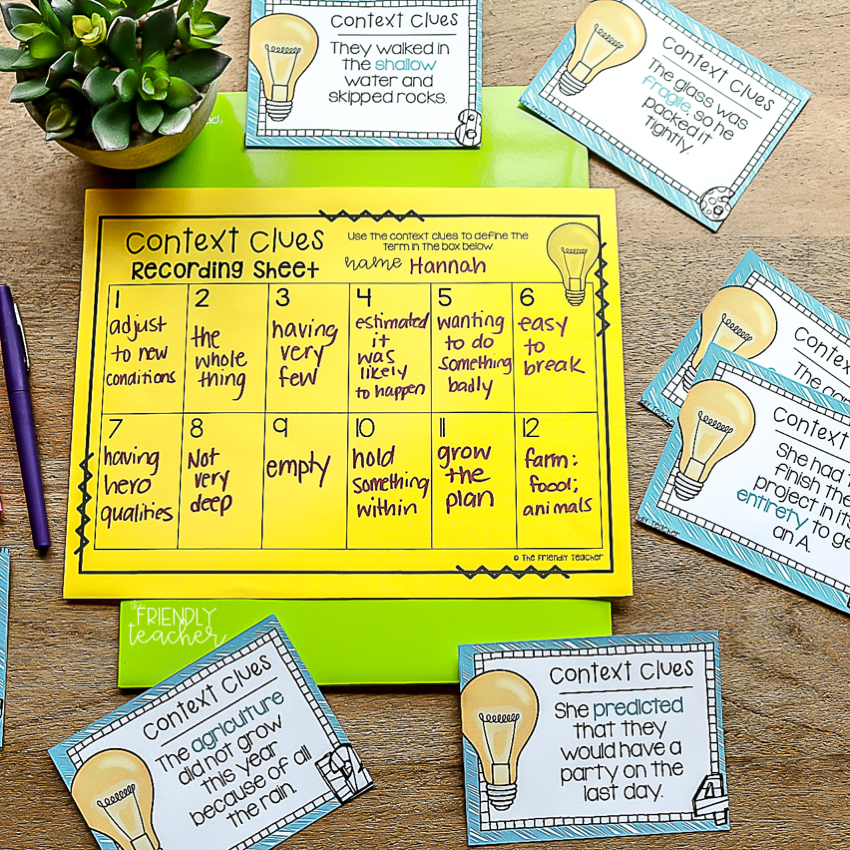





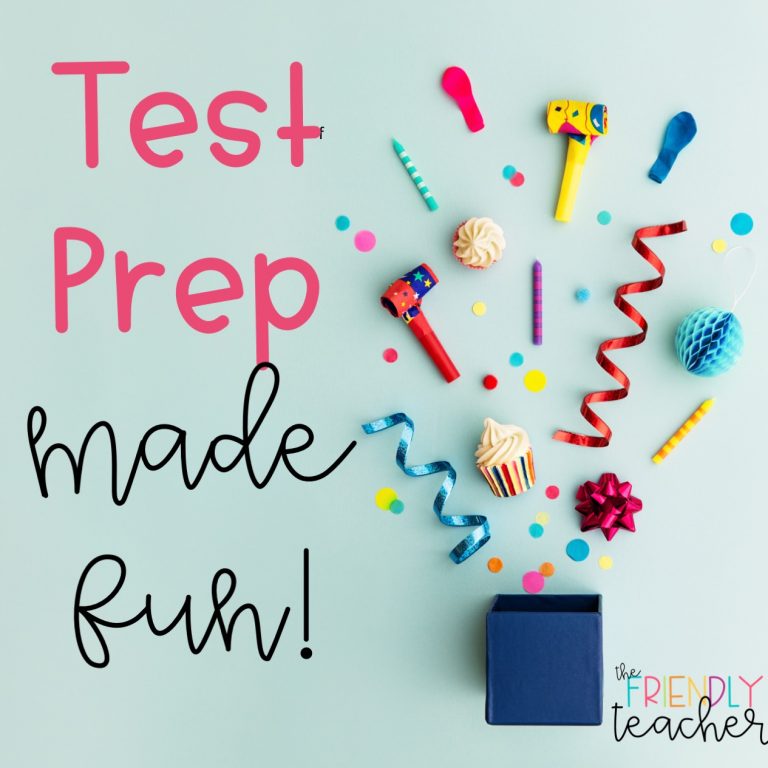
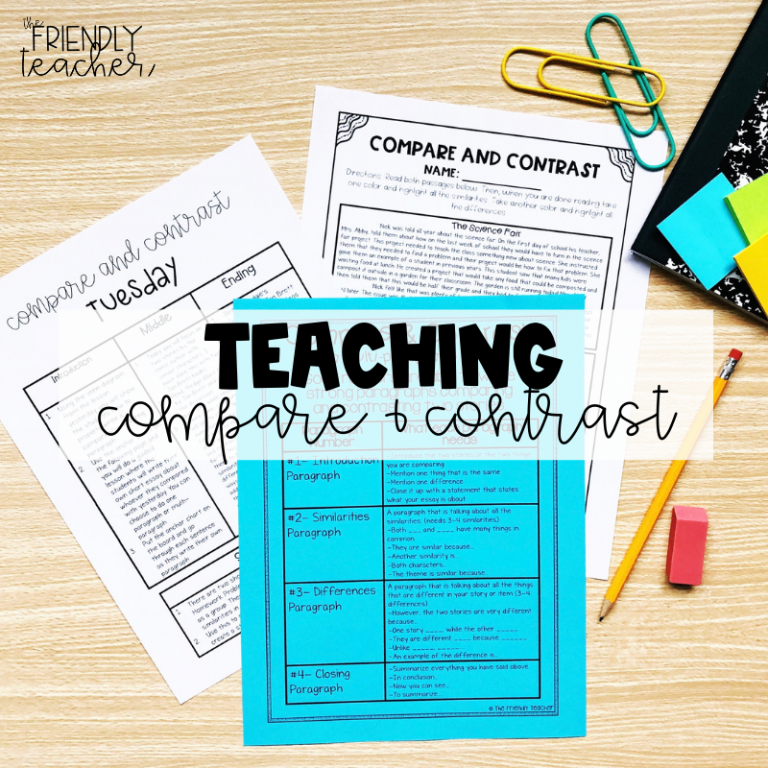
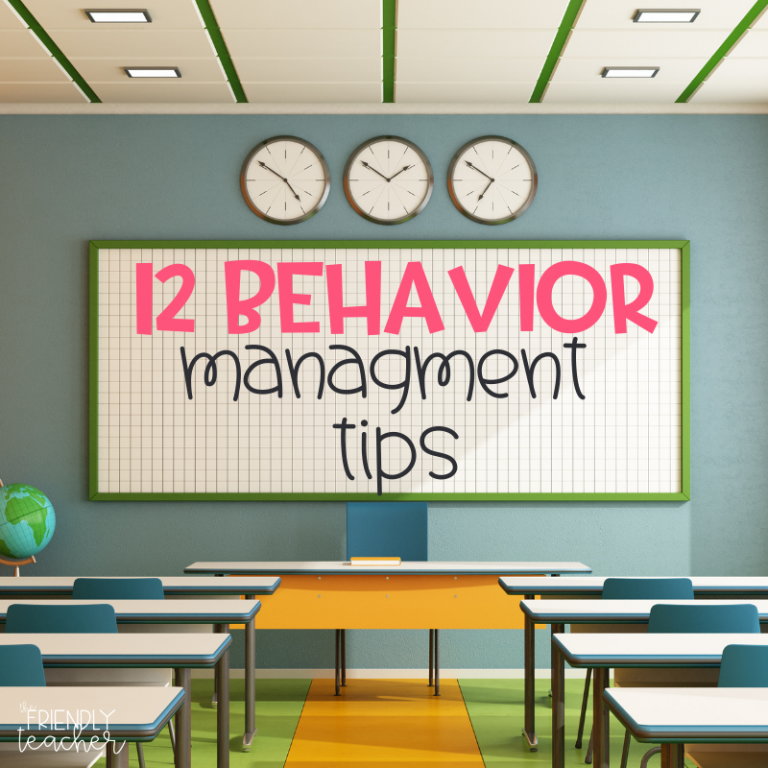



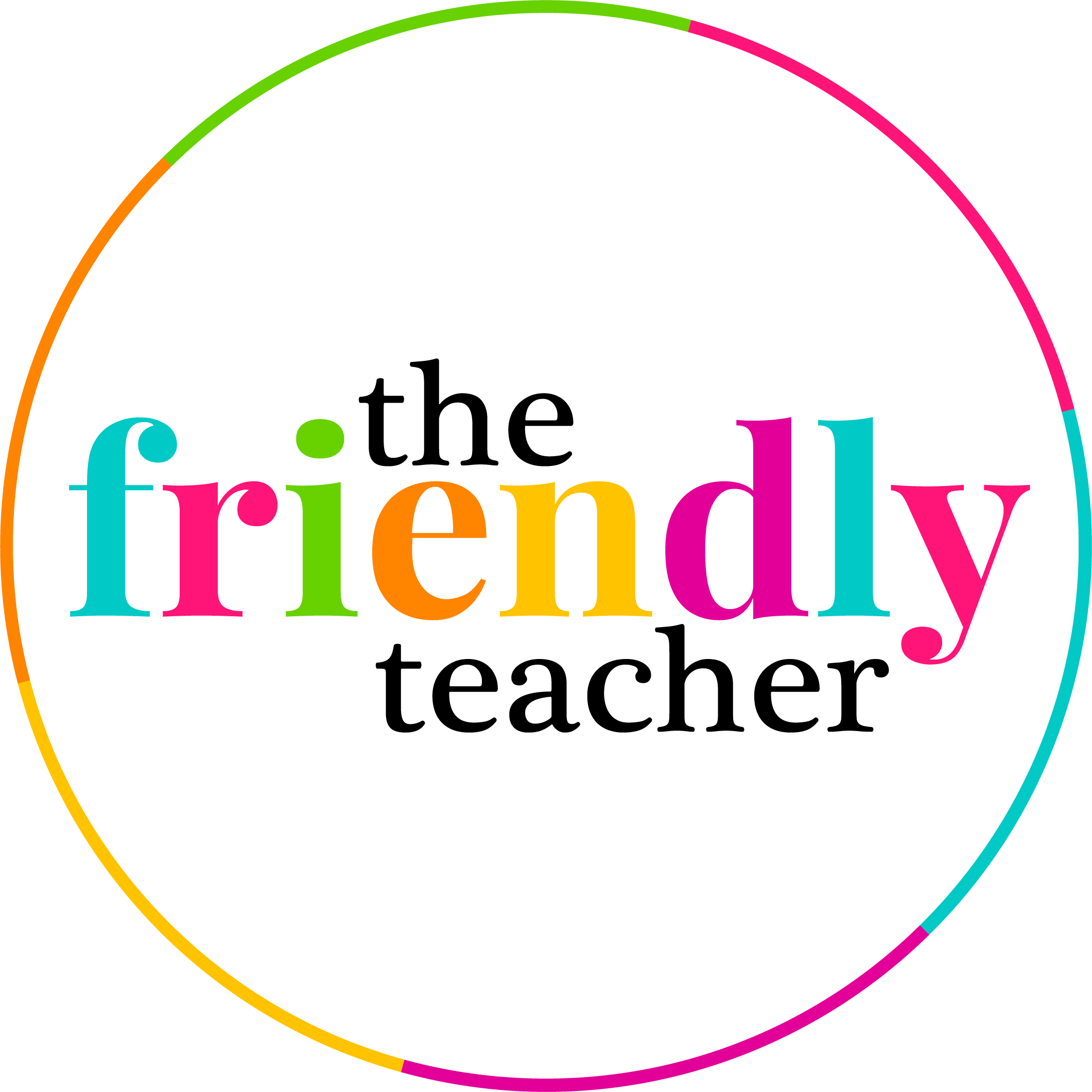
Heya.
In order to start with here is my advice. If the book in question is a non fictional one then I’d use the author name and book title as a context clue. If however the book is a novel, see if you can use the whole plot as a context clue. Best wishes.
Other really good starting points for context include the date of publication for non fictional texts. For stories you can also use the key themes as the basis for a context clue to hand as well. Context clues must make sense totally. You can prepare a mini puzzle that is wholly based on the context clues. Make some brief summary notes. Explain what context clues are and offer solid examples to back up your explanation.
Read the entire book. For example if you are using a non fiction recount, focus on a timeline of key events that could also act as the context clues. Gather information in advance in any case. Scan reviews. If you pick a well known historical text, then take a good careful and close look at the photos. The pictures can be used as meaningful context clues.